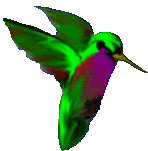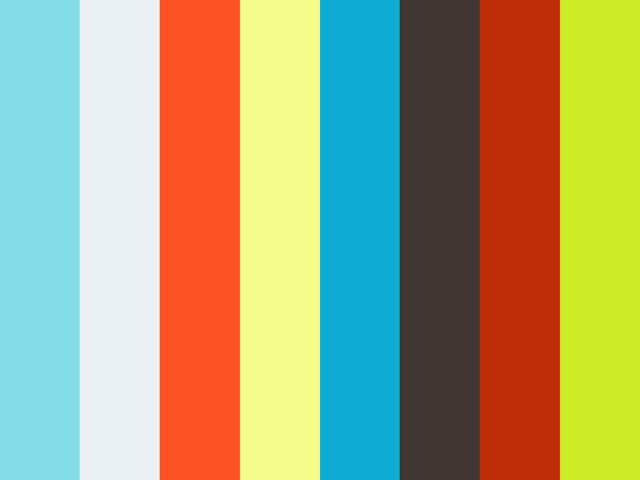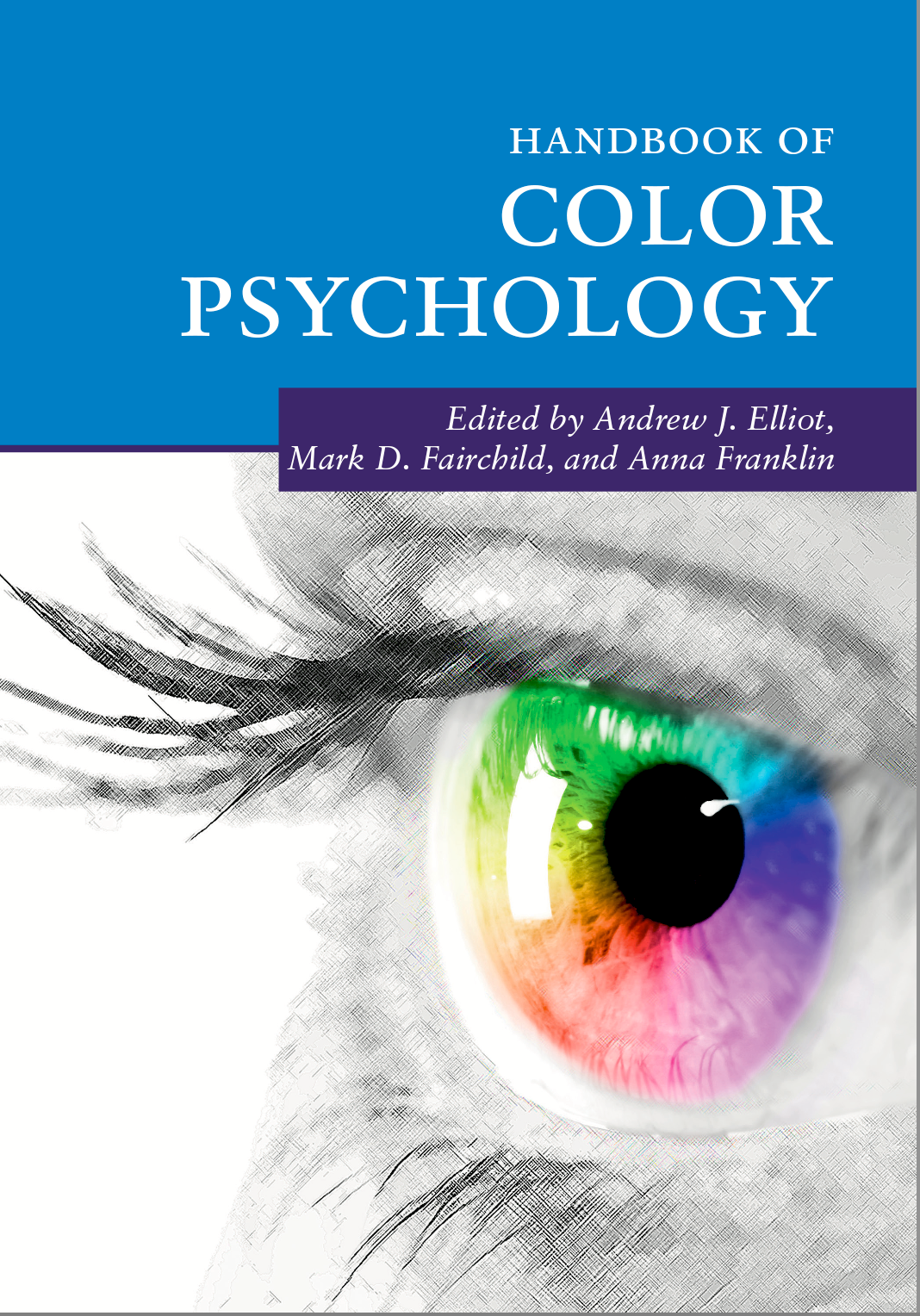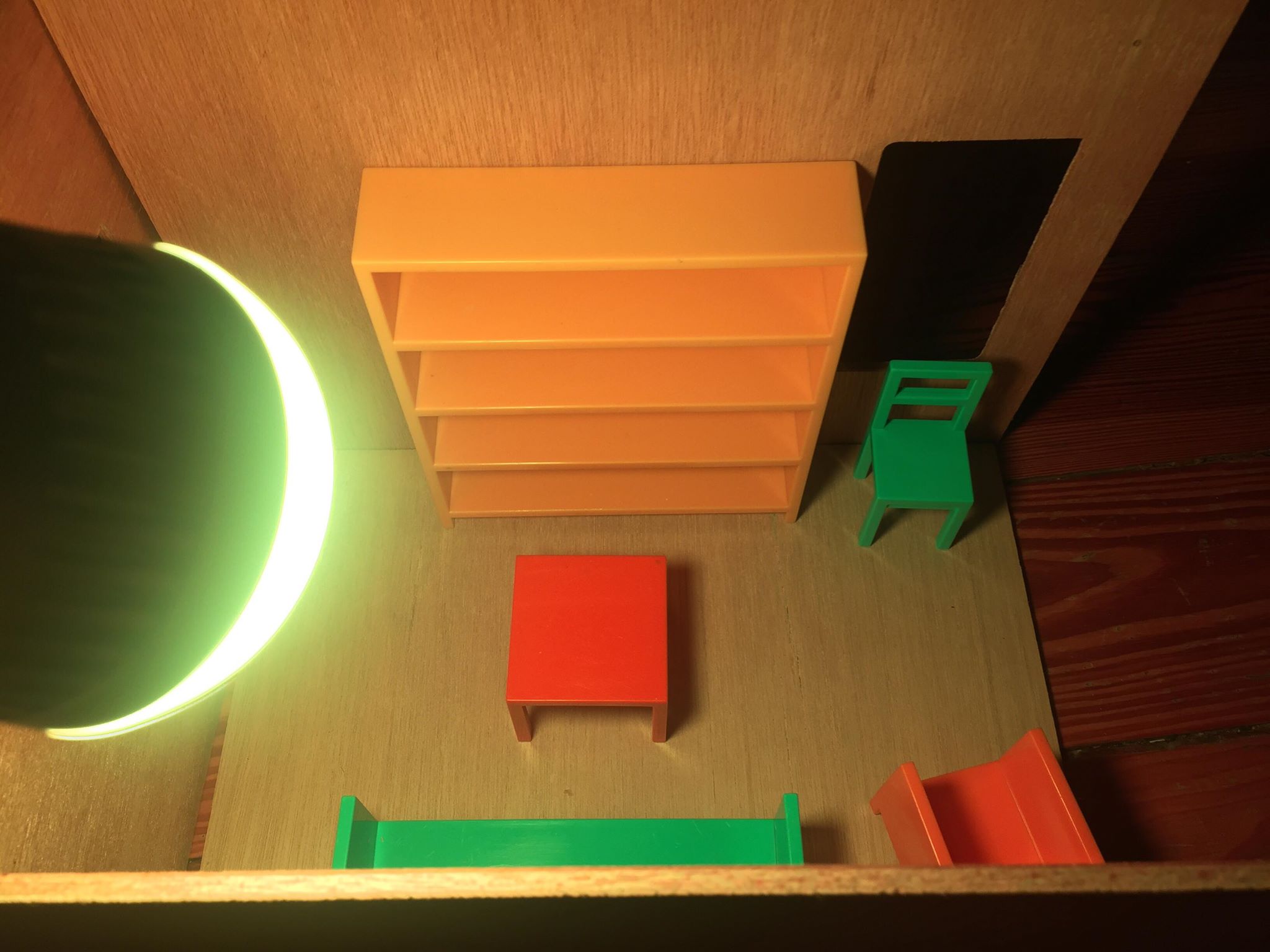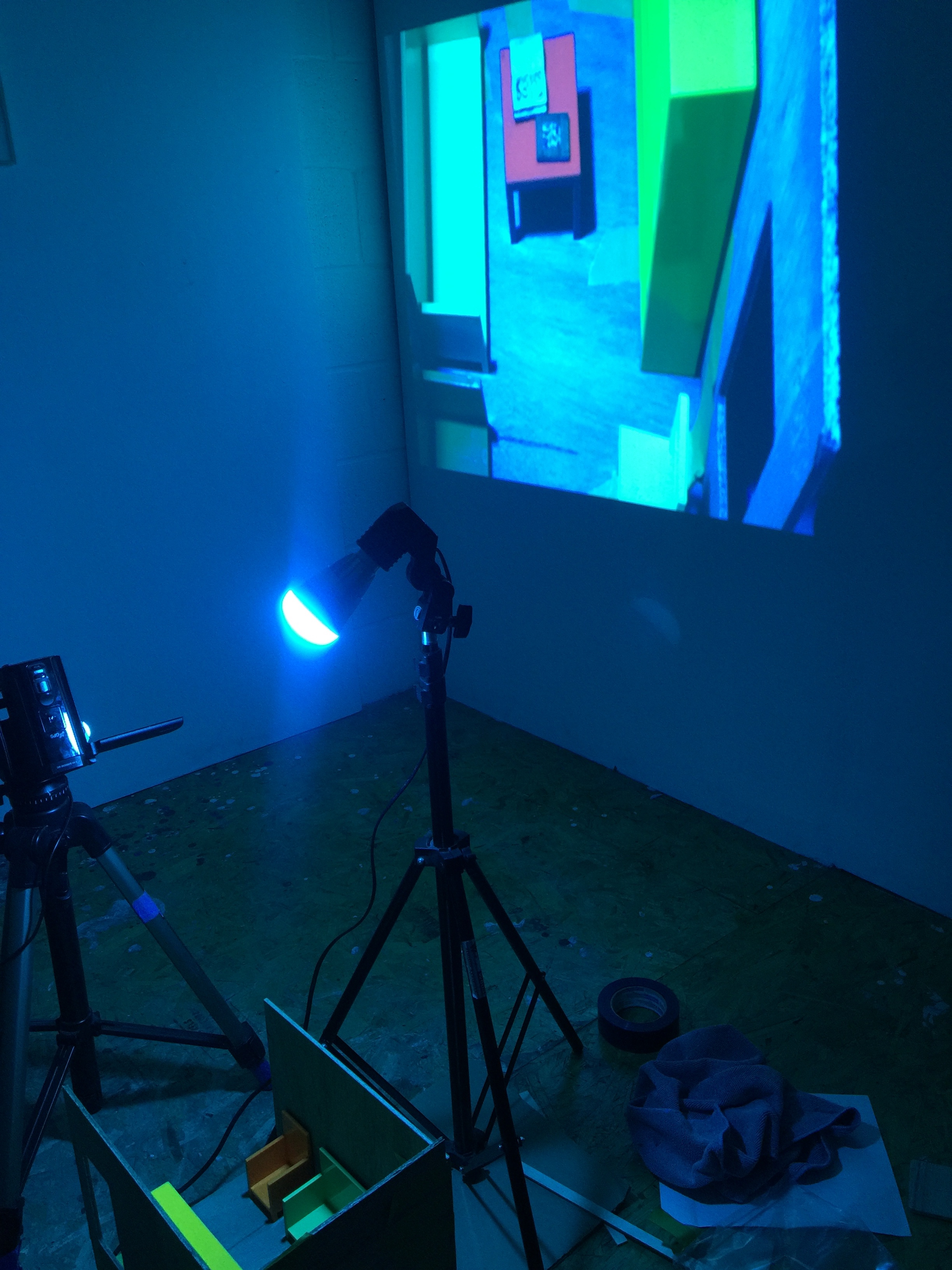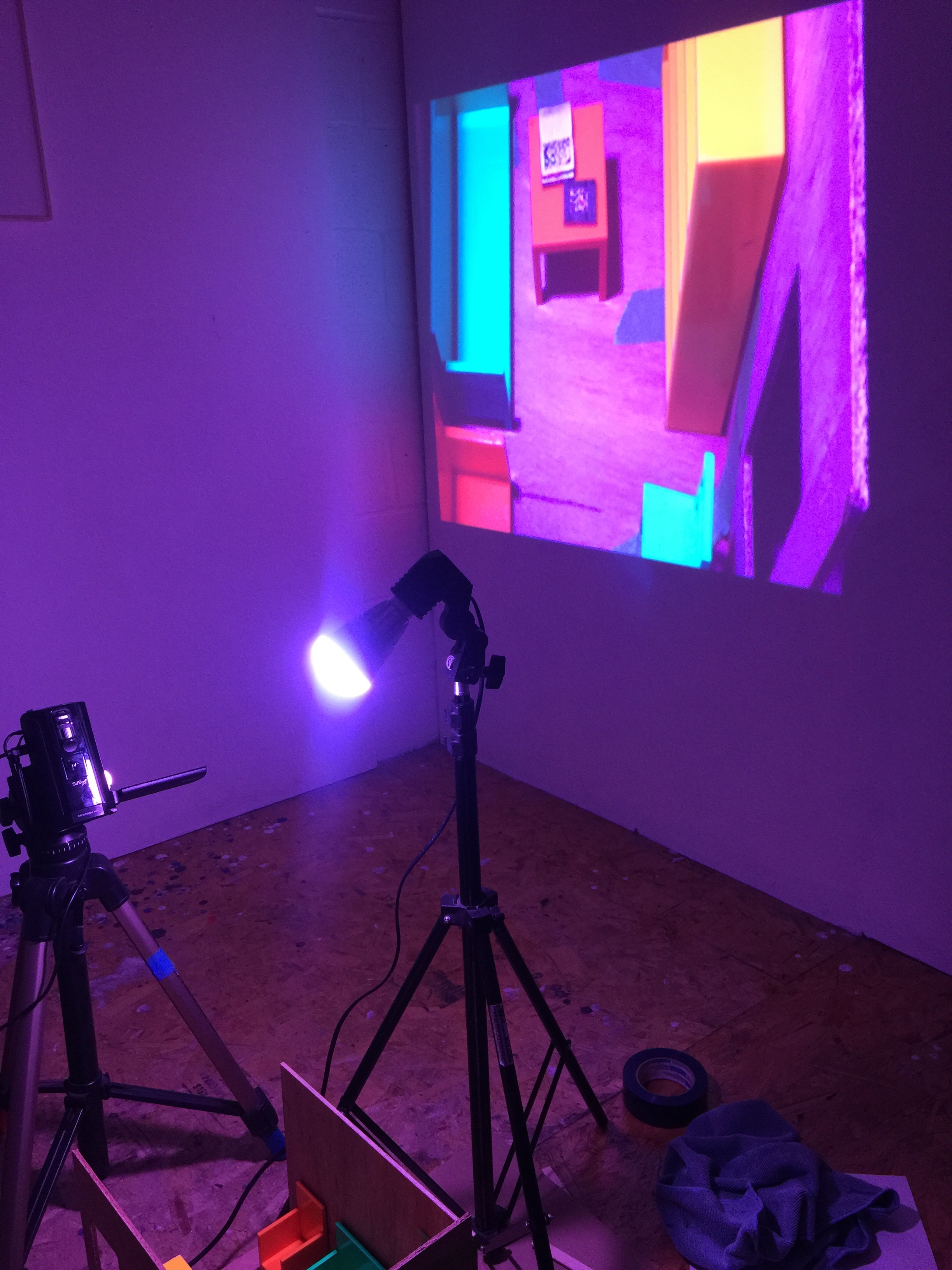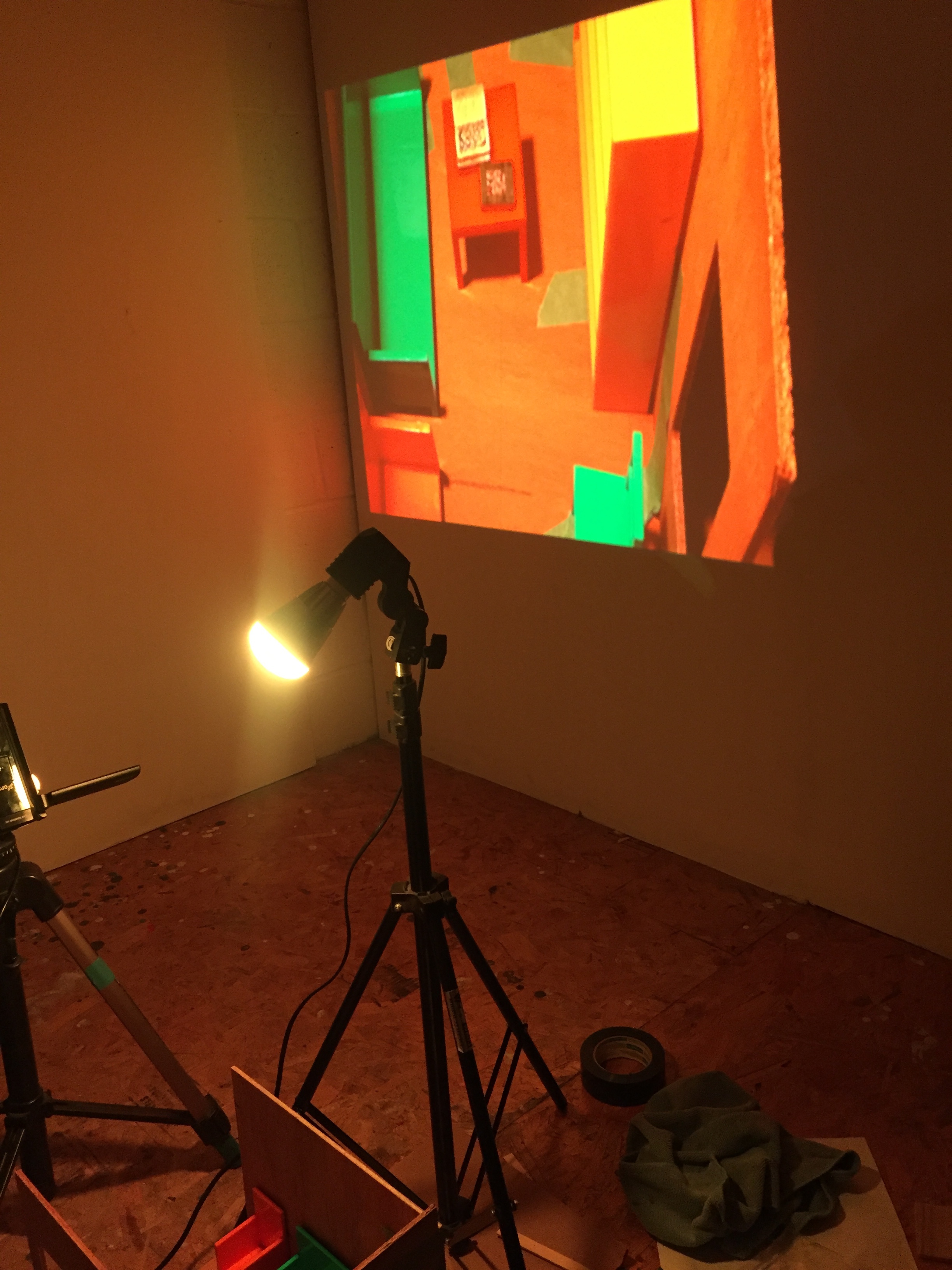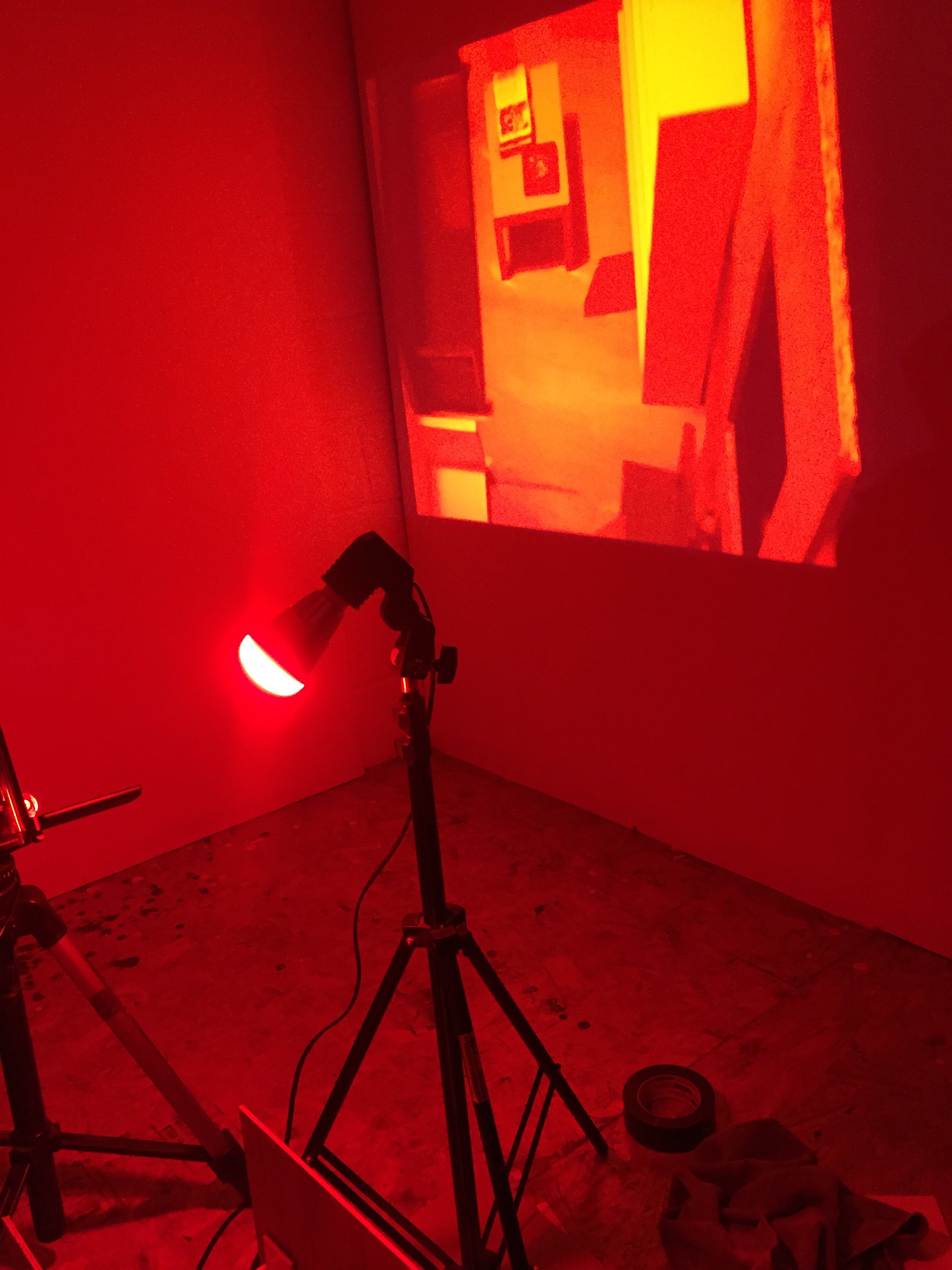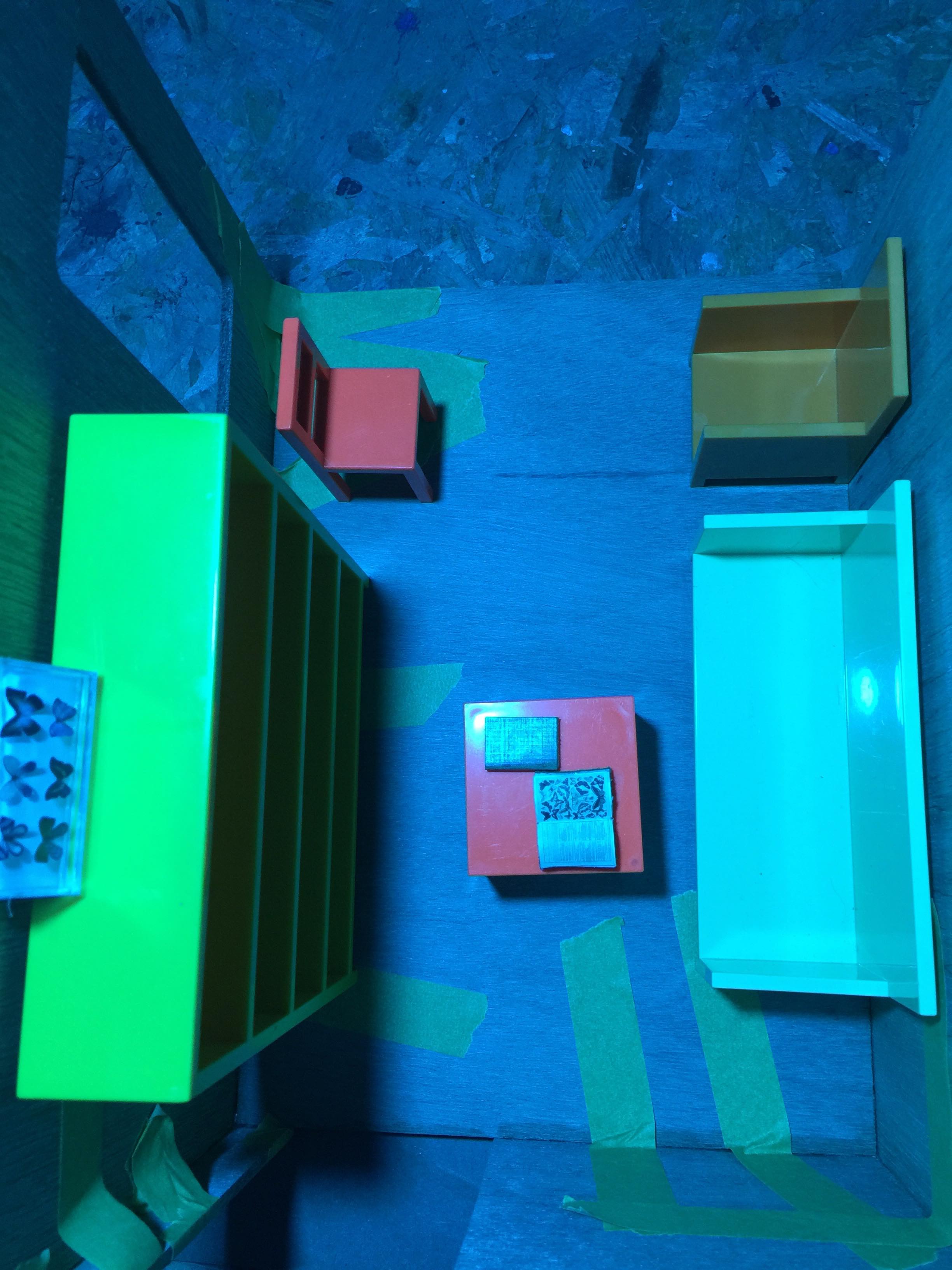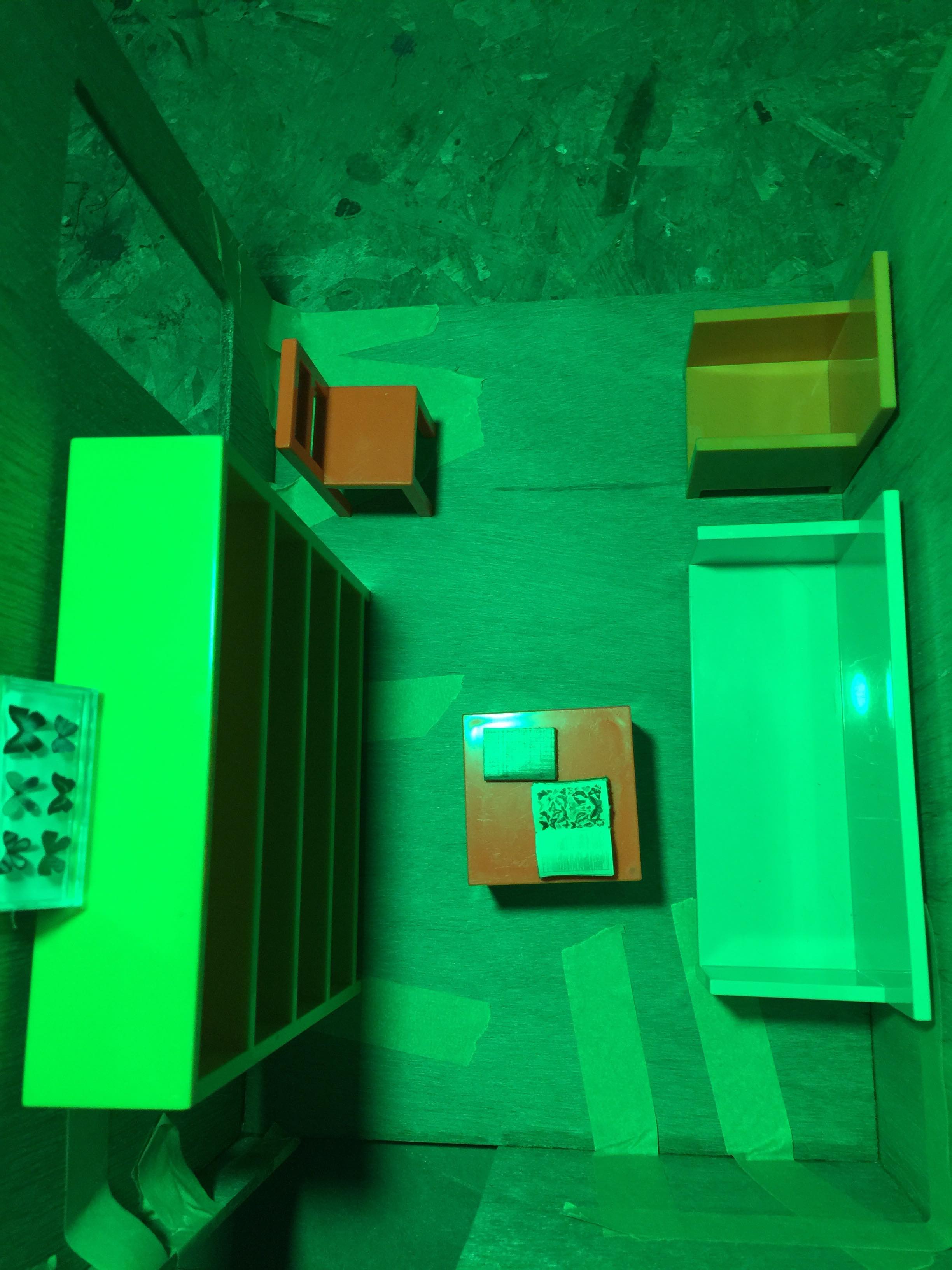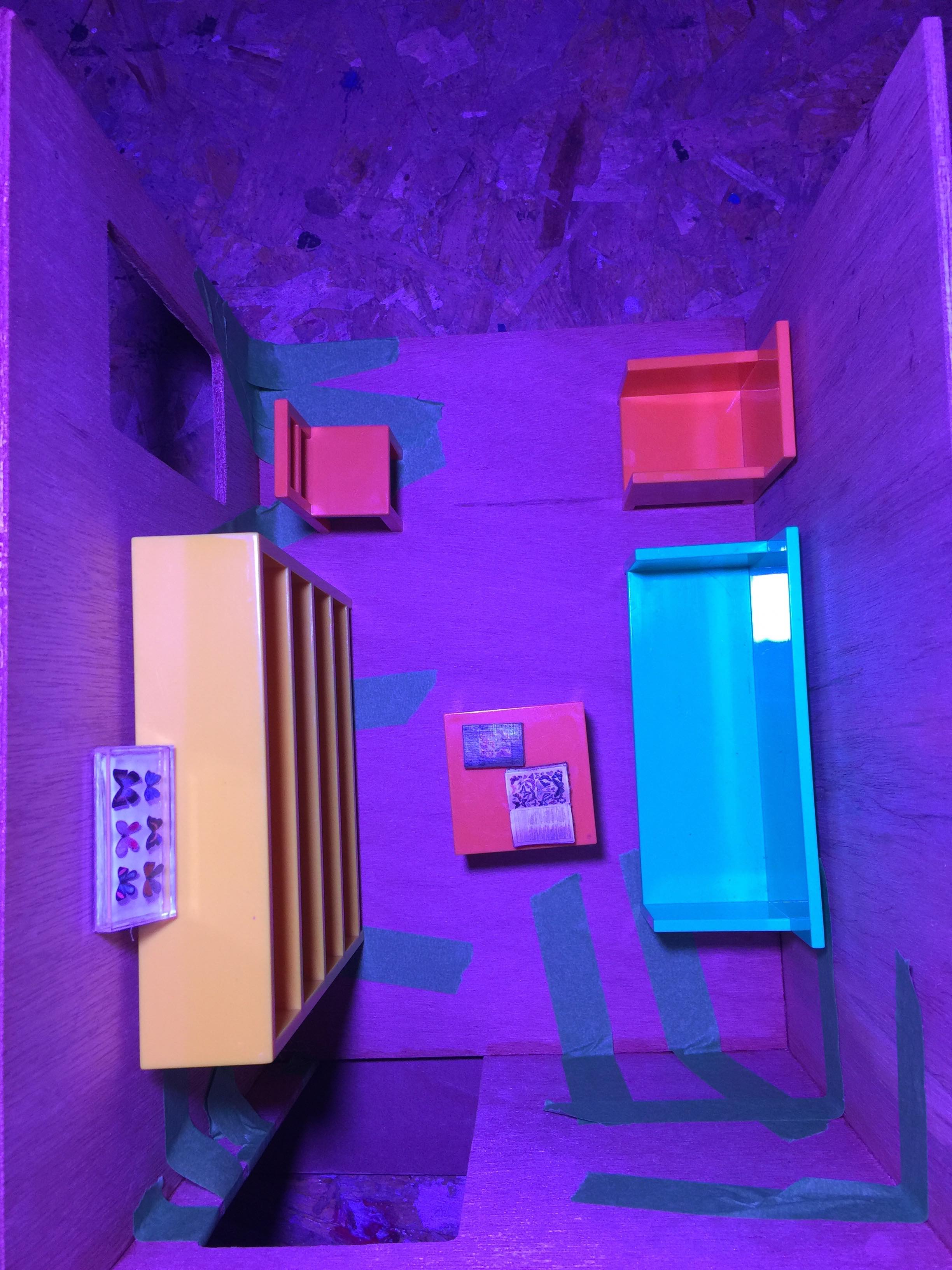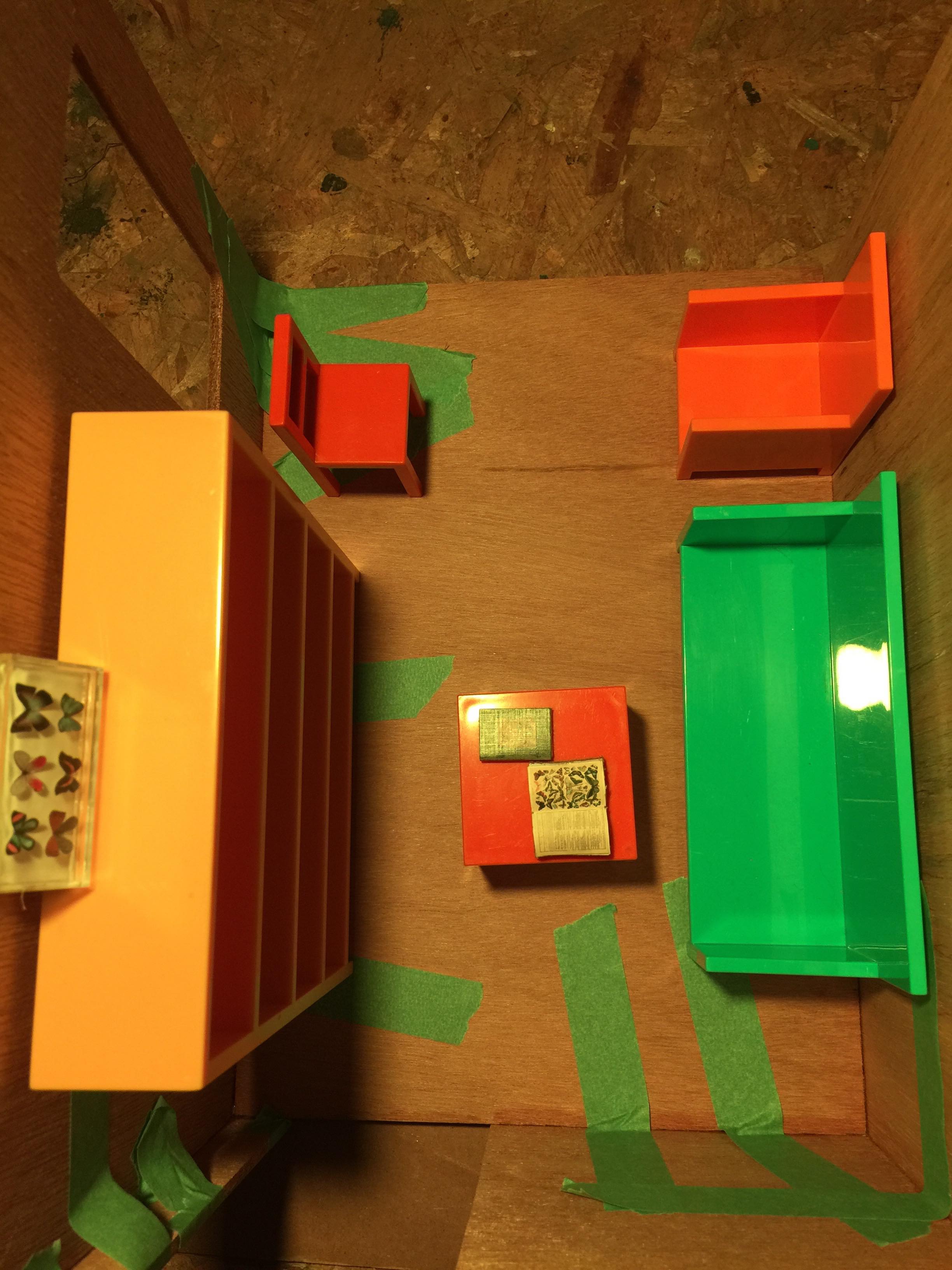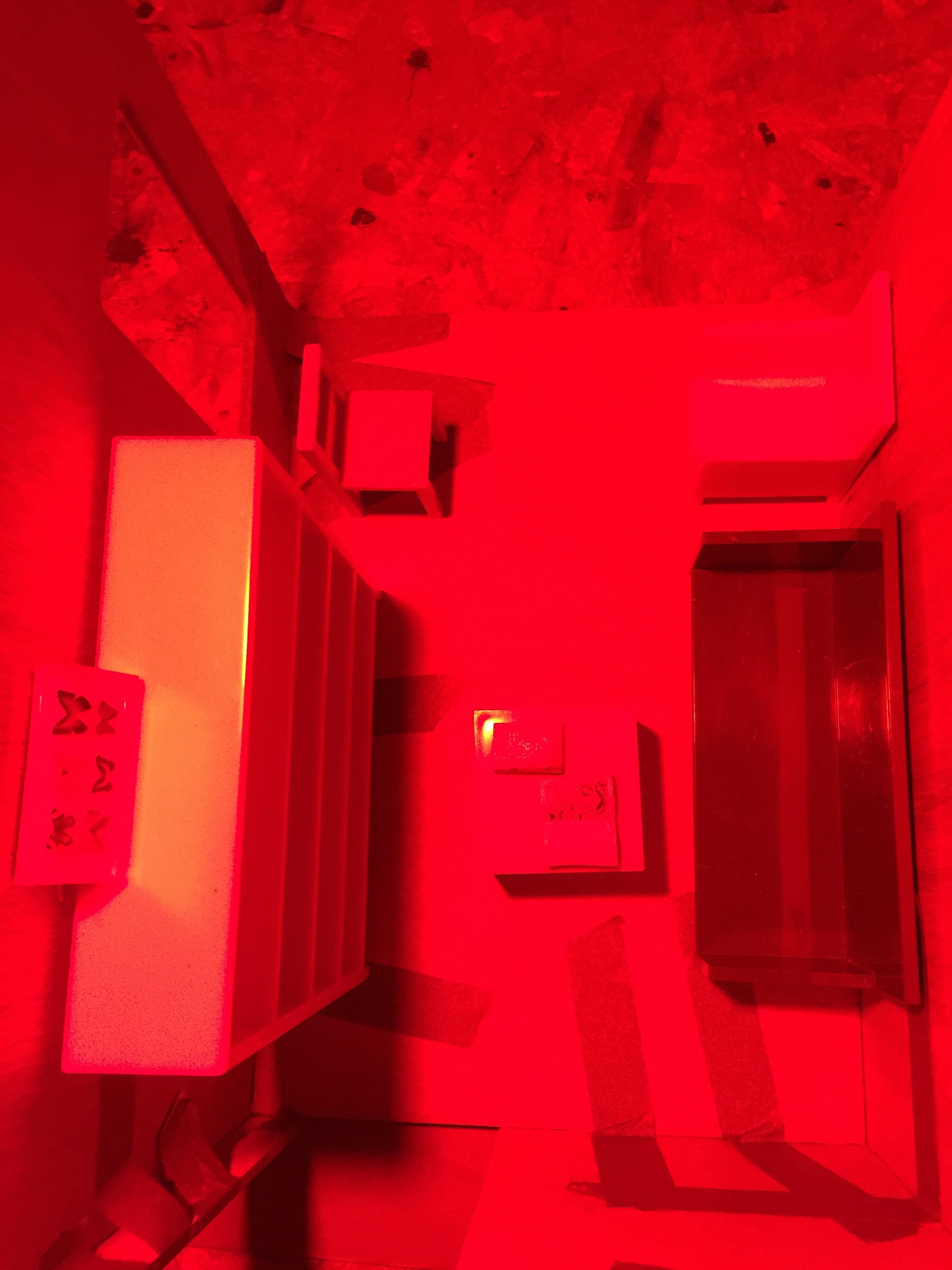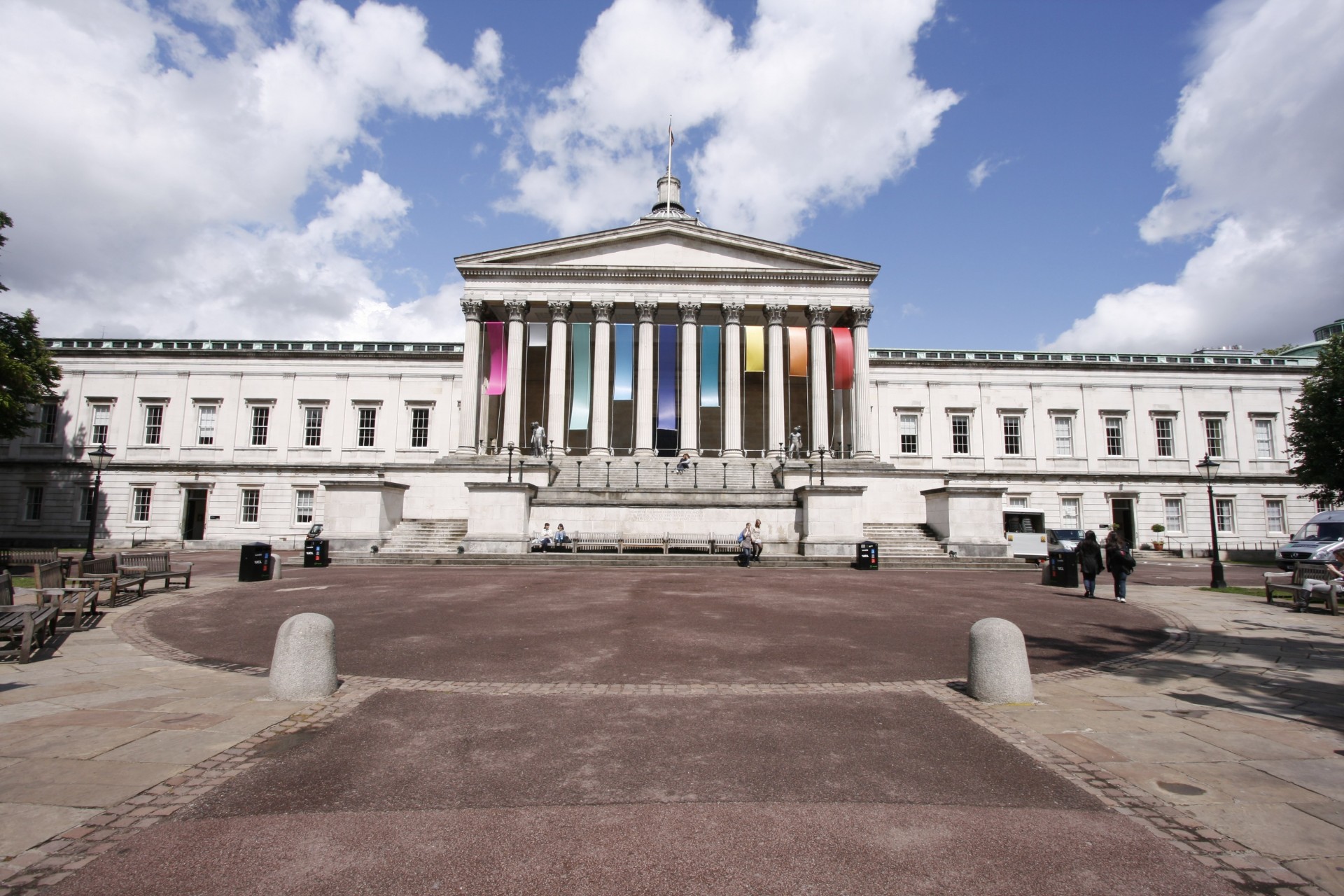Final project : Sky Box
FINAL PROPOSAL
My final project proposal was for a public light therapy room called Sky Box, taken from the place where you manipulate lighting in the 3D gaming program Unity, which is called Skybox, and also as a reference to James Turrell’s Skyspace series.
The installation would be installed temporarily outdoors in public during the winter.
Inside it would be heated and artificially lit with bulbs that change color along the pattern of a long summer day from sunrise to sunset, which would not match the real exterior of what is currently going on in the sky.
In the center, a real tree is planted, nurtured by the heat and light.
In the morning the Sky Box would turn a full, rich blue, and at sunset, a full, rich red, and a spectrum of the two in between. This highlights the color spectrum of blue and red, which we vacillate between every day.
REFLECTION
(Note: A reflection on my research and interviews can be found here.)
After our critique, I am now thinking that this could also potentially be a smaller scale installation that the viewer would view from the outside or through sticking their head inside it from below, or potentially with projections in an indoor gallery space. I am imagining something like the Tiffany windows displays on Fifth Avenue meets a peep show, but light (and possibly sound) therapy-themed. It also became clear that not everyone would want to be in such a space; it needs more to draw people in. I was thinking sound may be it, but am open to other avenues. Something as simple as good seating could be enough, or a place to plug in your phone or watch short videos, and/or view more miniature installations inside.
In the end, I feel that the project became a commentary on lighting in real versus artificial spaces, as well as hopefully an inviting public space, all conceptual meanings aside. The ultimate aim in the end was to create a respite from the cold and dark and a place that people would want to visit to recharge. Through my experimentation, research and interviews in making the project I found that something too critical did not seem fitting in the end; making a sensory experience based on the research seemed to make more sense for me.
A further iteration of this piece would also possibly include sound, which could be manipulated either by people in the space or by other data. I am still not sure what data would make most sense or add to this project though — perhaps the location of the Sun either in real time, or in the artificial space’s time.
Over the course of this project it also became apparent to me that the Dream House was a big source of influence. The Dream House has a lot of rules and meaning behind its creation, but they are not forced on you when you visit it. In fact, it takes some probing to find out the background of why or how it exists. Still, the visceral reaction to it is still there, mostly to the sound, but also to the sound in relationship to light, and also how the sound changes based on where you are in the room, which creates a greater general awareness.
In retrospect, I was also thinking that ideally the lights would be run by solar energy, as well as the heat. This also ties into my work on the field guide earlier in the semester, and I think having the installation be solar-powered would bring greater meaning to the presence of light and tie it more directly to the sunlight (or lack thereof.)
Clearly, this is all hypothetical. I will be continuing to work on these themes though for thesis. I found it helpful to imagine big or most likely unrealistic first, then will bring it to a smaller scale to try and put it into practice. I also will continue to read the large bibliography I created in this class, as I was only able to get through parts of it for this project, but it will be very helpful for thesis as well and I am grateful to have these resources thanks to our class.
Google Slides presentation:
https://docs.google.com/presentation/d/1BvA-XGk2hS4GIn5ZA3Kgm832FMYI3d0hsKwRtu1SM7s/edit?usp=sharing
Video for Google Lens:
Thanks to Julia Vogl, Graham Coreil-Allen, Eric Rosenthal and Tom Igoe for participating in interviews for this project, and to Marina Zurkow, our classmates and fellow ITP-ers for the helpful advice.
